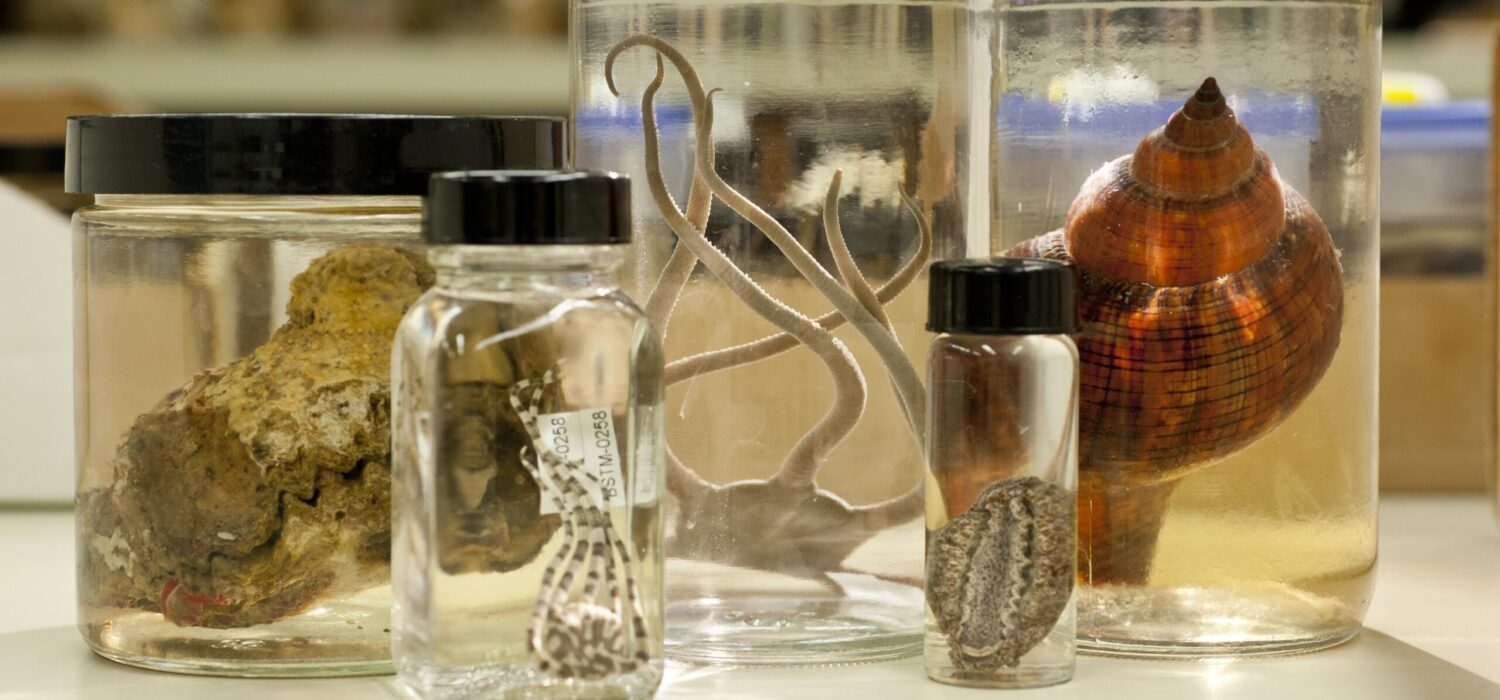A study published in Ecological Applications examined a century of museum specimens to reveal increasing microplastic concentrations in freshwater fish. Researchers examined the guts of freshwater fish preserved in collections housed at the Field Museum, the Illinois Natural History Survey, and the University of Tennessee. They found that fish have been swallowing microplastics since the 1950s and that the concentration of microplastics in their guts has drastically increased over time as more plastic was manufactured and built up in the ecosystem. Looking at museum specimens is essentially a way we can go back in time, said Tim Hoellein, associate professor of biology at Loyola University Chicago and co-author of the paper. You can’t do this kind of work without these collections, said Caleb McMahan, co-author and ichthyologist at the Field Museum. We need older specimens, we need the recent ones, and we’re going to need what we collect in the next 100 years.
An article in Mother Jones discusses how Oregon State University’s reptile and amphibian collection is being used to better understand how animals will respond to climate change. In particular, garter snakes which are abundant, prolific, and cold-blooded are ideal subjects to study the impacts of environmental changes. According to Oregon State’s Herpetological Collection curator Stevan Arnold, certain garter snakes such as the red-sided garter can produce up to 70 snakelets in a single litter. Unable to regulate their internal body temperature, the snakes are at the mercy of their environment, and thus evolve rapidly in response to climate change. Understanding the reptilian response to climate change could provide clues about how humans might adapt. Read the article.

